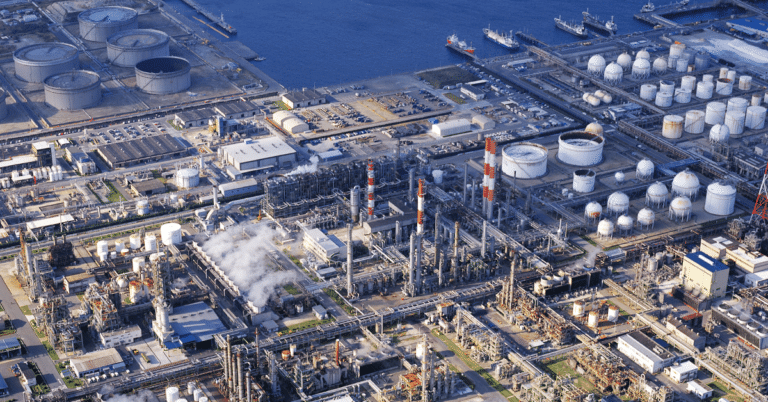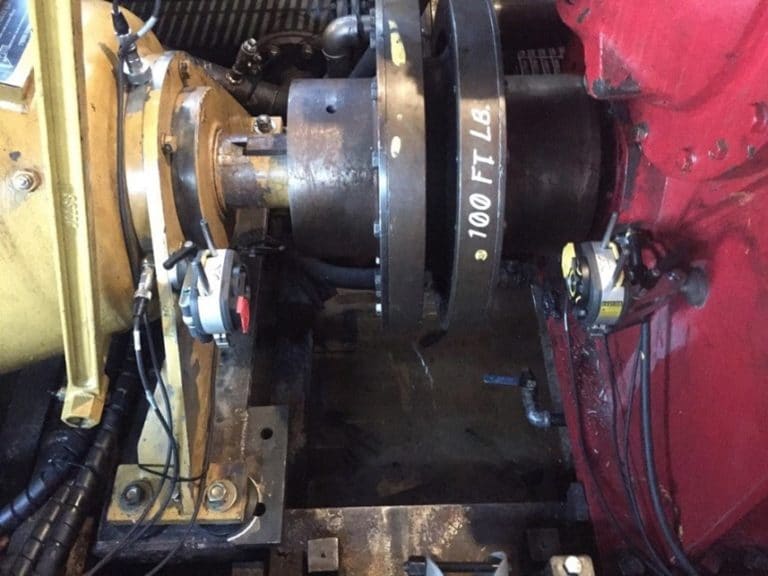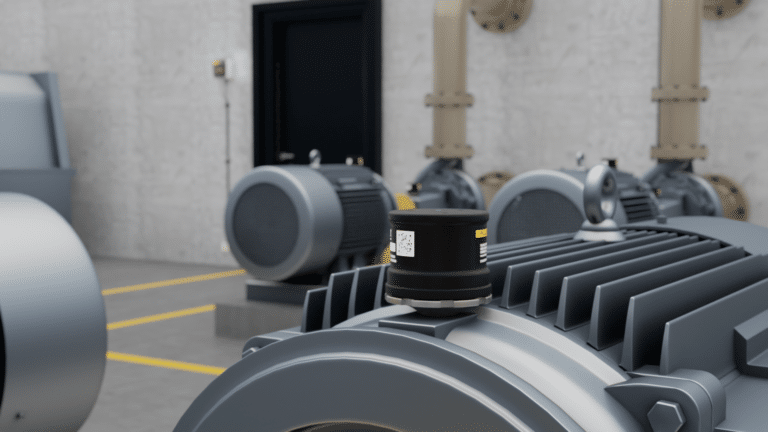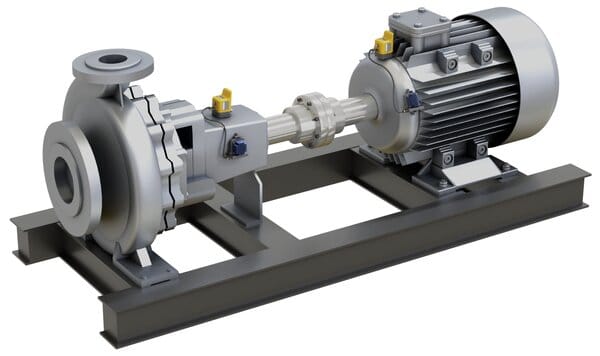Predictive maintenance refers to the ability to predict (and ultimately prevent) machine failures. The most common predictive maintenance technologies include condition monitoring and machine learning. By giving maintenance teams visibility into potential problems, such predictive maintenance technologies can help increase equipment uptime, reduce maintenance costs, and improve asset performance and longevity.
Traditionally, maintenance teams relied on a combination of reactive maintenance and preventive maintenance to keep their equipment up and running. Both of these approaches have limitations, however, that can lead to unplanned downtime and high costs.
Fortunately, advances in connectivity, the Industrial Internet of Things (IIoT), and data analytics have made predictive maintenance technologies not only possible but also affordable, even for businesses operating on a lean budget.
What is Predictive Maintenance (PdM)?
Predictive maintenance, also known as PdM, is a maintenance strategy that involves continuously monitoring conditions (such as vibration and temperature) that indicate machine health. The objective is to detect changes in baseline operating conditions, which can indicate a problem before the issue escalates to failure and costly downtime.
Types of Predictive Maintenance Technologies
There are a host of predictive maintenance technologies on the market, all of which involve continuously monitoring machine conditions in real-time to identify problems quickly. From vibration monitoring to acoustic monitoring, temperature monitoring, and power monitoring, the maintenance world is now brimming with predictive maintenance technologies. Below, we’ve summarized some of the most common predictive maintenance technologies.
Most Common Predictive Maintenance Technologies
Vibration monitoring looks for changes in vibration levels that can indicate the deterioration of a machine’s rotating parts. For example, a common cause of increased vibration is loose, misaligned, or worn components — such as motor bearings — that can further damage the machine if not addressed.
Wireless vibration sensors affixed to machinery measure changes in the amplitude, frequency, and intensity of vibration. The sensors can detect minute changes at frequencies that humans would not be able to detect on their own. Accelerometers, transducers commonly used in vibration analysis, measure changes in velocity resulting from changes in the equipment’s baseline vibration signature. They can also help maintenance teams pinpoint which component is causing the change in vibration, making it simpler to resolve the issue before it becomes a bigger problem.
For more information, see 5 Reasons to Start a Wireless Vibration Monitoring Pilot
Acoustic monitoring is another example of condition monitoring that uses changes in an asset’s audio output to identify potential problems. Similar to vibration monitoring, acoustic monitoring begins by establishing a baseline for the sounds produced when a particular piece of equipment is in normal operation, as well as the sounds it emits during startup, rundown, and standby modes. Vibration sensors installed near the machinery then continuously monitor for subtle changes to the equipment’s baseline noises, or sound fingerprint.
Acoustic monitoring also relies on noise cancellation technology so that the sounds made by a particular machine or component can be separated from the ambient sound of the worksite. The sensors used in acoustic monitoring are able to “hear” noises that humans cannot. Because of their sensitivity, they can pick up on subtle signs of deterioration in plenty of time for maintenance teams to address them.
Temperature monitoring uses temperature sensors to identify anomalous temperature increases on equipment, which can indicate potential issues. For example, abnormal increases in temperature can point to faulty wiring, bad circuit terminations, or fuses that are approaching capacity.
Power monitoring can identify power fluctuations in electrical machinery that can lead to massive, premature wear or failure. Power monitoring uses sensors to capture data on a wide variety of metrics including current (A), voltage (V), power (W), frequency (Hz), apparent power (VA), reactive power (var), power factor (PP), and total harmonic distortion / THD (%). If thresholds are exceeded, a power monitoring system can automatically issue an alarm to maintenance staff to immediately address the issue before asset damage occurs.
The Elements of a Predictive Maintenance Strategy
Sensors are a key part of any predictive maintenance strategy, capturing a machine’s vital signs in real-time. However, predictive maintenance doesn’t stop at data collection; it also depends on the ability to quickly process, analyze, and interpret machine data and drive meaningful, timely action. The right software solution can organize all of your data into one central location so that it’s easy to access and act on. Software can analyze asset data and compare it to baseline operating data so that you can isolate exactly where maintenance needs to be performed.
Get Started
Building a successful predictive maintenance strategy doesn’t require you to overhaul your entire plant. In fact, IIoT technologies are both accessible and scalable. You can build a condition monitoring program to fit your exact needs — and grow it in the future.
The result is significant cost and time savings. Your maintenance teams will no longer need to perform unnecessary preventive maintenance tasks or replace parts that are still viable. You’ll also be able to avoid unnecessary downtime — both planned downtime associated with traditional preventative maintenance and unplanned downtime that results from a reactive maintenance strategy.
Fluke Reliability experts can help your team with our Remote Condition Monitoring service. We offer expert data analysis, sensor configuration, commissioning, and installation. We also offer training on the principles of vibration monitoring and data analytics. Contact us to speak with a specialist.






